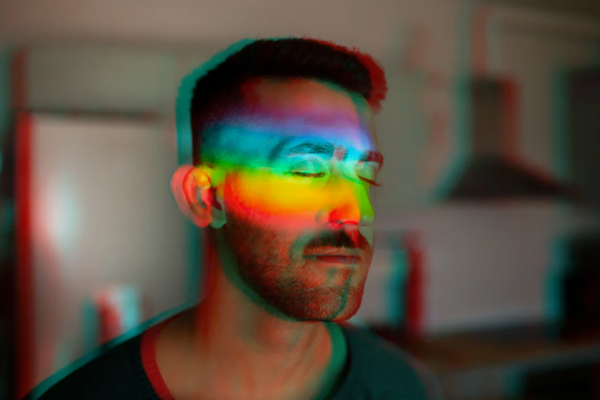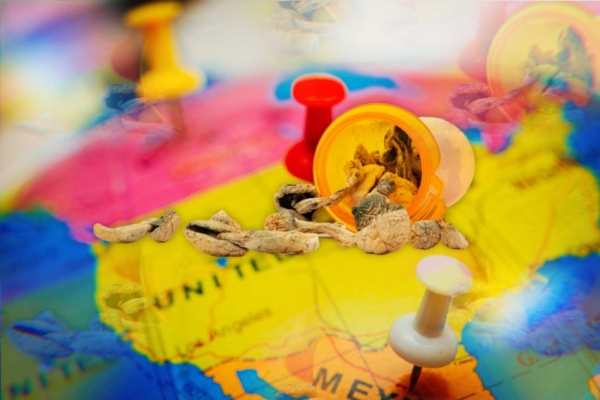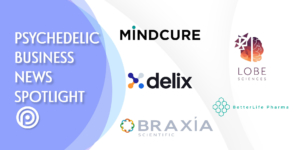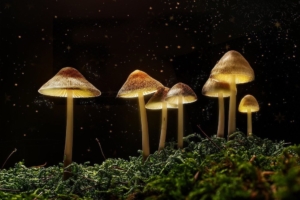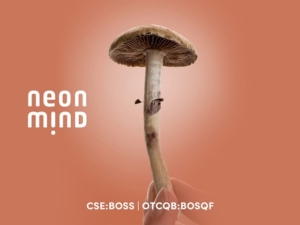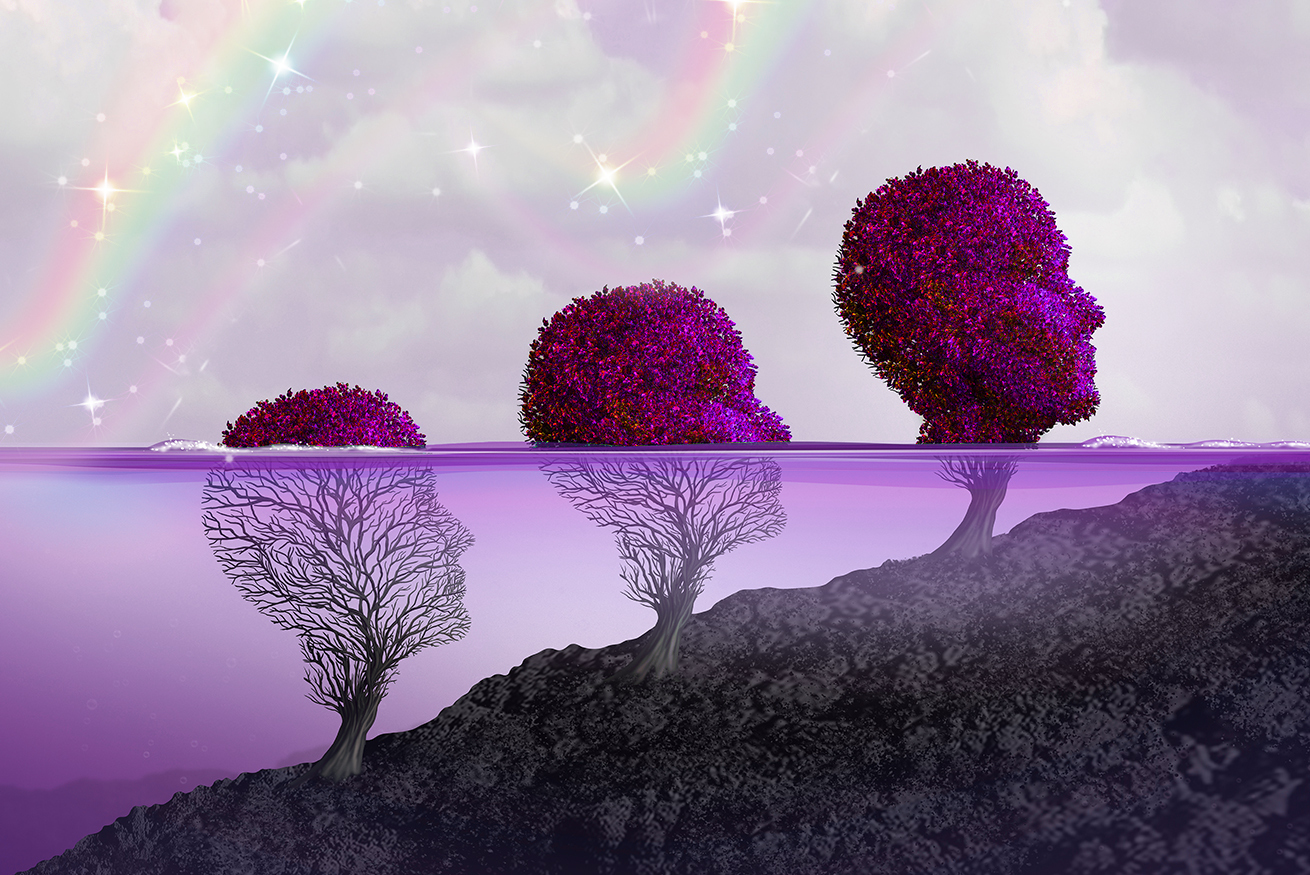
In 2022, a paper was published with the first ever validated scales for measuring psychedelic integration. Published in Frontiers in Psychology, the paper represents a step forward in the way that clinicians may apply and measure integration throughout psychedelic therapy.
The Stages of Psychedelic Therapy
Unbeknownst to some, taking psychedelics for healing purposes is much more than simply swallowing back a handful of psilocybin mushrooms and letting the medicine work its magic. Unfortunately, it’s not as simple, nor as easy, as that.
High dose psychedelic therapy, which is the most commonplace in current research trials, generally entails three stages. The first stage is all about preparation. Patients that are going through this protocol will often have a debilitating mental health issue, such as severe depression. They are incredibly vulnerable, and won’t know what to expect throughout the psychedelic session, which may be extremely intense, and has the potential to shatter someone’s worldview in the space of several hours.
This first stage therefore allows patients to iron out any specific anxieties about the upcoming dosing day, and build a better bond with their therapist, who often doubles up as their trip sitter. It’s argued that proper preparation will ultimately contribute to a more therapeutically beneficial trip.
The second stage is the psychedelic experience itself. That is, the act of swallowing down the mushrooms, or LSD, or MDMA. This is taken in a comfortable setting, usually a hospital room that’s been adorned with nice artwork and pleasant lighting, with the patient’s therapist present to soothe any rough patches of the trip that may occur. A playlist of music is also listened to during the experience; these are curated so that they can guide the trajectory of the psychedelic trip.
Last, but certainly not least, the final stage of the therapeutic process is integration. This can be defined as, “the process by which a psychedelic experience translates into positive changes in daily life.” Fundamentally, this means that both patient and therapist work through the psychedelic experience, and attempt to flesh out specific insights that they may have gained from the trip. They then work together to see how they could apply these insights to tangible changes in their life, which might ultimately contribute to positive changes in their mental health.
The Issue with Integration
Over the past decade or so, there has been a beastly amount of scientific progress being pushed forward by groups such as Johns Hopkins and the Psychedelic Research Centre at Imperial College London. Here, there have been some huge steps forward in understanding the psychedelic experience; people have taken LSD, psilocybin, and DMT in neuroimaging machines, all in order to understand the effects of psychedelics on the brain. Moreover, there have been dozens of measurement scales produced, so that we may be able to quantify the psychedelic experience. (What immediately comes to mind is the Mystical Experience Questionnaire, the Ego Dissolution Inventory, and the Emotional Breakthrough Inventory, to name but a few.)
However, there has been a primary focus on the psychedelic experience itself. While inherently interesting to neuroscientists, psychologists, philosophers, and other researchers, the psychedelic experience only forms part of psychedelic therapy. Jordan Slohsower, psychiatrist at Yale, highlights how integration is a much less understood aspect of the process:
“While psychedelic integration is widely discussed as part of psychedelic therapy, it remains vaguely conceived, undertheorized, and may lack an operational relationship to the problem being treated. It is often a non-specific mixture of supportive listening and encouragement to engage in introspective practices, such as journaling, meditation, and spending time in nature.”
As psychedelic therapy emerges into the mainstream, with larger clinical trials being run, and the public becoming increasingly interested in the modality, it’s also increasingly important to understand psychedelic therapy as a whole. This is what the authors of the recent paper, published in the Frontiers journal, aimed to do.
Measuring Psychedelic Integration
The publication produced two scales, each measuring different aspects of integration. One, the Integration Engagement Scale (IES) measures the behavioral changes following a psychedelic experience. Patients will answer questions such as, “I’ve found ways to carry the intentions I had for my experience into my daily life,” and, “Because of my [psychedelic] experience, I’ve prioritized my overall wellness.”
The other, the Experienced Integration Scale (EIS), taps into the psychological landscape of the person after their psychedelic session. That is, this scale attempts to measure whether the patient’s mental well being, their emotional balance, and their sense of self changed for the better. This scale contains questions such as, “I feel greater self-awareness during my experience,” and, “I feel harmony between my experience and my inner being.”
Through the use of these scales, researchers and clinicians can begin to understand how to help effectively integrate the often ineffable psychedelic experience. For example, researchers may use different styles of integration in a psychedelic therapeutic protocol, and see whether one style is more effective than the other based on these scales.
Over the next several years, these scales may be used on a widespread basis. In an open letter to colleagues in the field of psychedelic research, the authors write, “The creation of the scales was a profitless endeavor, undertaken for the greater good and with the intention of public access for use by anyone.”
So the next time you see someone offering “psychedelic integration coaching,” or see a clinic advertising “psychedelic integration services,” ask them if they are using the Integration Engagement Scale or Experienced Integration Scale to track integration success. Small steps like this can go a long way to bringing consistent measures to a wide range of integration support providers.
